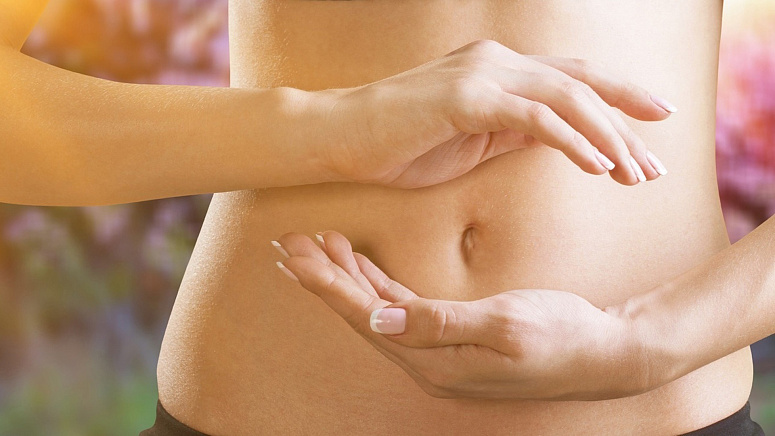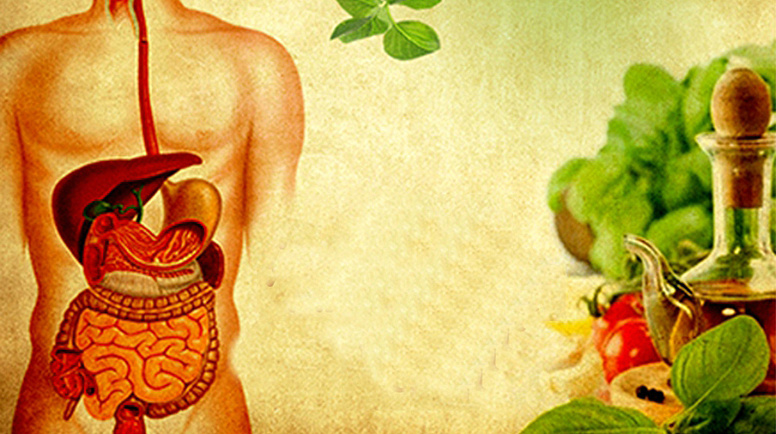Virechana, or Virechan in some sources, is a panchakarma procedure that is meant to clean the small intestine, liver, gallbladder, kidneys and spleen, and as a result - blood. The name may seem unusual, even exotic, but the essence is quite simple: the patient takes a laxative and allows the body to remove accumulated toxins in a natural way.
However, you need to fulfill at least two conditions to achieve the maximum effect of this practice. First of all, it’s necessary to prepare for this seemingly-easy procedure. Secondly, you need to choose the right products for the cleansing. Additionally, like in any health-related matter, you can’t be careless and should instead seek the help of a specialist.
Indications and contraindications of Virechana
Virechana is indicated for diseases that occur due to a disbalance of pitta, i.e. skin diseases, allergies, gastrointestinal diseases (especially malabsorption), hemorrhoids, gout, and also consistent headaches.
Naturally, the procedure is contraindicated for weakened individuals, pregnant women, infants and all people during an exacerbation of a given disease. Also, laxatives should not be implemented in the case of dehydration, exhaustion, weak digestion and bloody stool.
It’s also important to remember that breaks must be taken between every few cleansing treatments. For example, a 2-3 day break is required between Vamana and Virechana.
Virechana: preparation for the procedure
Taking a laxative is not enough to properly clean the body, just as a stream of water is not enough to clean filthy drainage pipes. Over the years of operation, deposits accumulate on the walls of the pipes that must first be softened, often by some special means. The cleansing of the intestines is quite similar: in order to remove ama that does not pass through normal bowel movements, we must first soften it.
If Virechana is used as part of panchakarma and not as a stand-alone procedure, it will most likely be preceded by swedana (the heating of the body) and snehana (oiling). Oiling of the internal organs plays a significant role - in Ayurveda, medicinal compositions based on ghee are used for this purpose, as they soften the toxins that are accumulated and stuck to the intestinal walls.
Choosing the right laxative is equally important. Of course, it is best to consult a doctor regarding this matter. An experienced specialist will be able to select the most suitable and effective herbs or infusions, as well as dosage, to help you achieve the desired result.
The technique for performing Virechana
Attention! A description of this technique is provided for informational purposes only!
This procedure is performed during the hours of pitta's activation: from 10 a.m. to 2 p.m. and 10 p.m. to 2 a.m. In any case, you must eat at least two hours before taking the laxative. The food must increase pitta in the body, so foods that are hot, spicy, and sour work best. If Virechana is performed during daytime, it’s possible to eat breakfast at 11 a.m. and take the laxative around 1 p.m. On the contrary, if you decide to conduct the procedure in the evening, it’s best to have dinner around 7 p.m. so the medicine can be taken at 9-9:30 p.m.
The laxative may take effect after 2-3 hours, or it may take 5; after all, it’s all individual. During the first hour, there will most likely be 4 to 10 urges to defecate, but a larger number is also possible. The body’s response varies depending on the person’s constitution and the amount of accumulated ama.
Ideally, there should be at least 6 bowel movements. If the bowel movement occurs a fewer amount of times, the body should be warmed up and oiled again on the next day, and the procedure of Virechana repeated.
The quality of the stool will change over the course of the treatment, changing to and from dense and liquid states. The last stool may be completely liquid with an admixture of mucus, which signifies complete cleansing of the small intestine. As soon as the intestine is cleaned, the urge to defecate will disappear on its own.
You can drink a small amount of warm water or an electrolyte mixture after each bowel movement, but only a few sips, no more! If the cleansing process is difficult, with bloating and abdominal tension as well as an inability to defecate and a metallic taste in the mouth, you should drink a ginger tea or herbal infusion to strengthen the digestive fire and apply warmth to the abdominal cavity.
Virechana strongly affects jatharagni (production of gastric juice), so a gentle diet must be maintained in the following days to help restore normal digestion. A vegetarian diet works well, but fresh fruit and vegetables cannot be consumed; ideally, eating vegetable soups and liquid porridges is best. Cold drinks, cold showers, and factors that cool the body in general are also prohibited.
After the cleansing, it’s recommended to abstain from physical and sexual activity. It’s best to spend the first days in a calm and relaxed state, so all bodily functions are successfully restored.
Be healthy! Oum!

